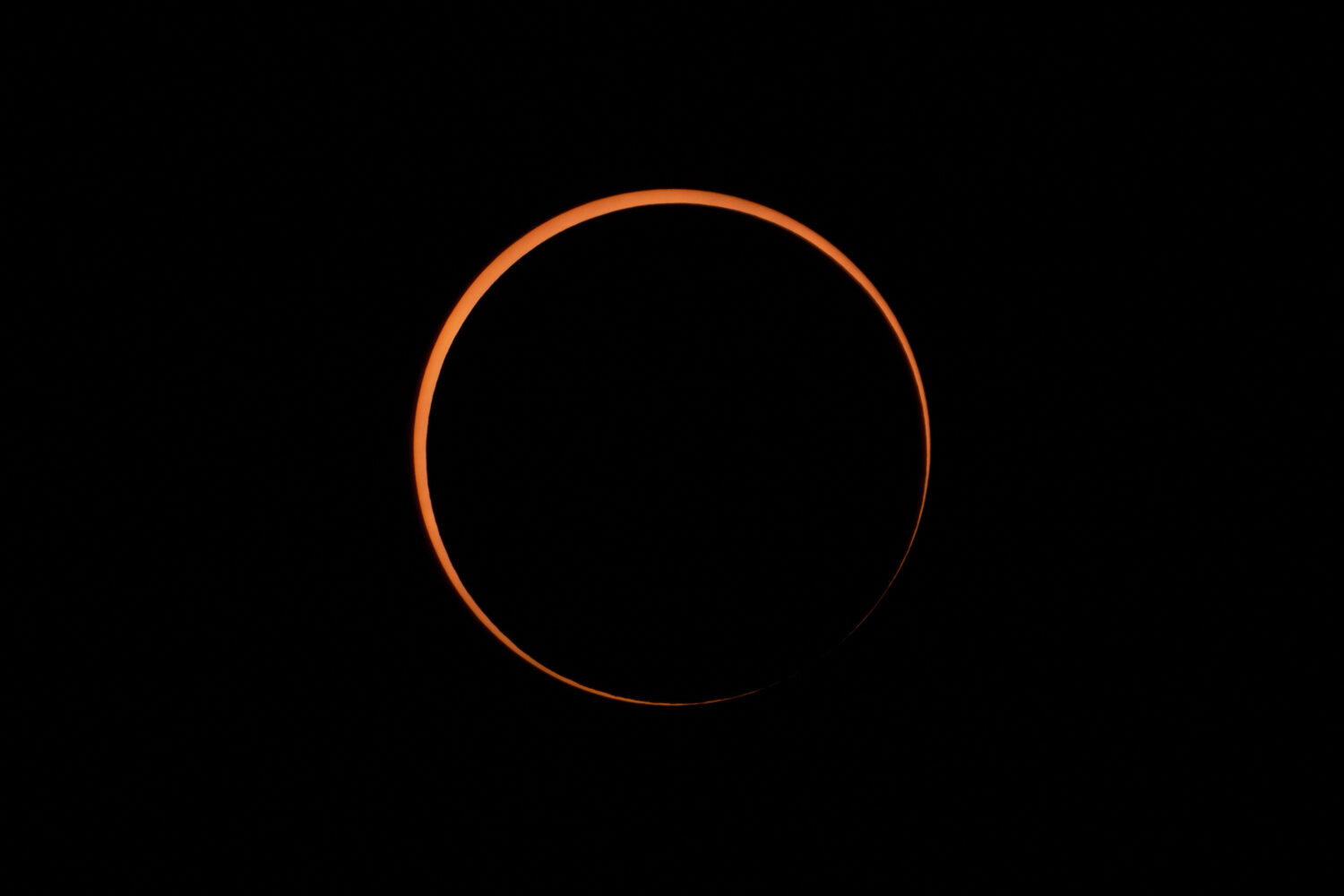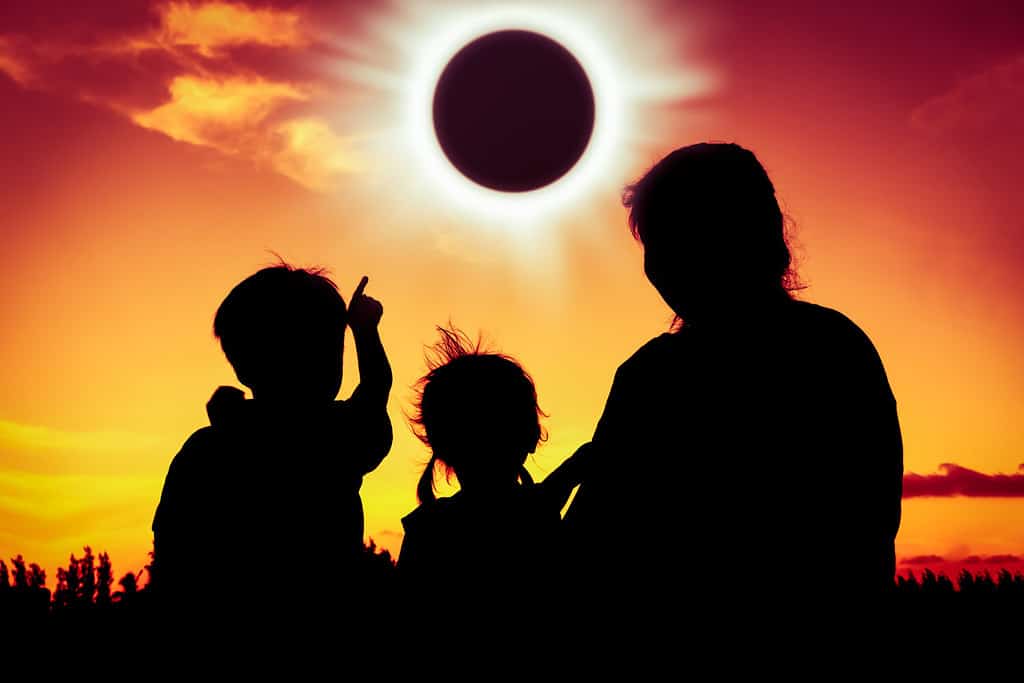The 6 Best Places and Times to See the 2023 Annular Eclipse

©Hit1912/Shutterstock.com
The sky has always been filled with mystery and intrigue. Between constellations and falling stars to super moons and eclipses, there are just too many variants to fully understand it all. And, that is part of the interest, as there is always something new, unique, or special going on in the night sky. The annular solar eclipse is this year’s latest phenomenon.
What is an Annular Solar Eclipse?
An annular solar eclipse is an event where the moon looks a bit smaller than the sun. Because of this, the moon can’t block the sun completely, displaying a breathtaking ‘ring of fire’.
Since the moon will be farther from Earth, it will seem smaller than the sun, unable to completely cover it. This will cause the moon to look like a ‘dark disk on top of a larger, bright disk’, according to NASA.
The new moon will only cover about 91% of the sun’s disk as seen from the annularity pat that covers Oregon to Texas, and beyond the U.S. border. Parts of Mexico and Central America will be within the path, along with Guatemala, Belize, Honduras, Nicaragua, and finally, Panama.
How this Differs from a Partial Solar Eclipse

©kdshutterman/Shutterstock.com
A partial solar eclipse happens when only a part of the sun seems to be covered, providing a crescent shape. While only a handful of states will be able to enjoy seeing the ring of fire, all the other states and most of South America will have the opportunity to see a partial solar eclipse.
What Time Does the Annular Solar Eclipse Begin?
October 14th is when residents of eight U.S. states can view the ring of fire. The eclipse will begin in Oregon and move into northern California, northeast Nevada, and into central Utah. From there, the path will track over northeast Arizona, into southwest Colorado. Then, central New Mexico will be able to view the event, followed by southern Texas.
Here’s the breakdown for six cities:
| Location | Partial Eclipse Begins | Annularity Begins | Maximum | Annularity Ends | Partial Eclipse Ends |
|---|---|---|---|---|---|
| Eugene, Oregon | 8:06 a.m. PDT | 9:16 a.m. PDT | 9:18 a.m. PDT | 9:20 a.m. PDT | 10:39 a.m. PDT |
| Alturas, California | 8:05 a.m. PDT | 9:19 a.m. PDT | 9:20 a.m. PDT | 9:21 a.m. PDT | 10:43 a.m. PDT |
| Battle Mountain, Nevada | 8:06 a.m. PDT | 9:21 a.m. PDT | 9:23 a.m. PDT | 9:25 a.m. PDT | 10:48 a.m. PDT |
| Richfield, Utah | 9:09 a.m. MDT | 10:26 a.m. MDT | 10:28 a.m. MDT | 10:31 a.m. MDT | 11:56 a.m. MDT |
| Albuquerque, New Mexico | 9:13 a.m. MDT | 10:34 a.m. MDT | 10:35 a.m. MDT | 10:39 a.m. MDT | 12:09 p.m. MDT |
| San Antonio, Texas | 10:23 a.m. CDT | 11:52 a.m. CDT | 11:54 a.m. CDT | 11:56 a.m. CDT | 1:33 p.m. CD |
While not in the line for a total blockout, the Washington sun will be a partial eclipse at 8:09 a.m. local time, with the sun being blocked at 81.2%. The annular eclipse will hit its max for the state of Washington at 9:20 a.m. and will remain for several minutes before turning into a partial eclipse again. The eclipse will end at 10:39 a.m.
NASA has created an interactive map that will detail exactly when and where these eight states can view the eclipse.
This event will be the last for a few years. This will be the last annular solar eclipse that can be seen in the United States until the year 2039. The rare event last took place back in May of 2012, over the same region it will cover this time around.









